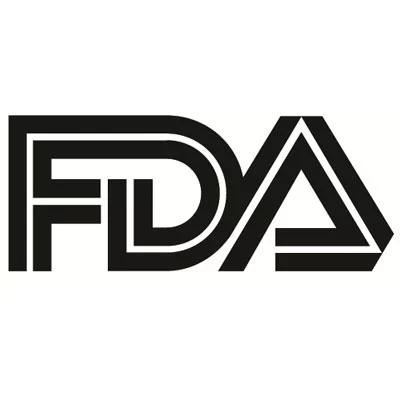FDA VRBPAC Meeting Covers Myocarditis, Data in Pediatric Population, Immunobridging
The committee members discussed their concerns about having sufficient data to make an informed decision around the risk vs. benefits for looking at potential FDA approvals for vaccines in this population group.

The FDA Vaccines and Related Biological Products Advisory Committee (VRBPAC) met on Thursday to discuss COVID-19 vaccines in the pediatric population.
During the meeting, the US Centers for Disease Control and Prevention (CDC) presented data on myocarditis.
According to CDC, with the Pfizer/BioNTech vaccine there were 488 total reports of cases of preliminary myocarditis/pericarditis reported to VAERS—with 116 after the first dose and 372 after the second dose. For the Moderna vaccine, there were 301 total reports of cases of preliminary myocarditis/pericarditis to VAERS—with 100 after the first dose and 201 after the second dose.
The onset of myocarditis would typically occur 4 days to 1 week after vaccine administration. In addition, more males (595) than females (186) reported the adverse event. CDC said 226 people met the definition of a working case. The federal agency was still reporting on active cases. These numbers represent an age population of 30 years and younger.
The committee did raise concerns that there were more cases diagnosed from the Pfizer/BioNTech vaccine than Moderna shot. And members questioned if this was a class effect of the m-RNA vaccines in general. A question was raised about the pathogenesis, but at this point, it is uncertain about the causality according to the FDA.
The presentation on the adverse events led to a longer discussion on risk versus benefit in presenting the vaccine to the pediatric population. Concerns from both the panel members and the public during the comment portion of the meeting raised concerns of the rush to get the vaccine approved in the pediatric population in the absence of what some thought was the need for more data.
One member brought up that as COVID-19 is a respiratory virus, which occurs more in the fall and winter, and that vaccination in children needs to be part of the plan to keep COVID-19 at bay. Other panel members were concerned that if vaccination in the pediatric population is delayed, then in the coming months when the weather changes and children go back to in-person learning, their lack of vaccine protection could make this population vulnerable.
Another subject that was presented was immunobridging, which is an approach to infer the likelihood of a vaccine’s protective effect. In this case, FDA responded that vaccines have been FDA approved in the pediatric population that have not been studied in the adult populations. There were a few examples given including the HPV vaccine which was concurrent with the approval to use in the pediatric population and young adults, without safety data in the latter group.
A lot of dialogue and discussion revolved around whether vaccines should be approved or be granted an Emergency Use Authorization in the pediatric population but there were no official votes taken up on any of the discussion questions.
The next VRBPAC meeting is set for Friday, June 18.



















